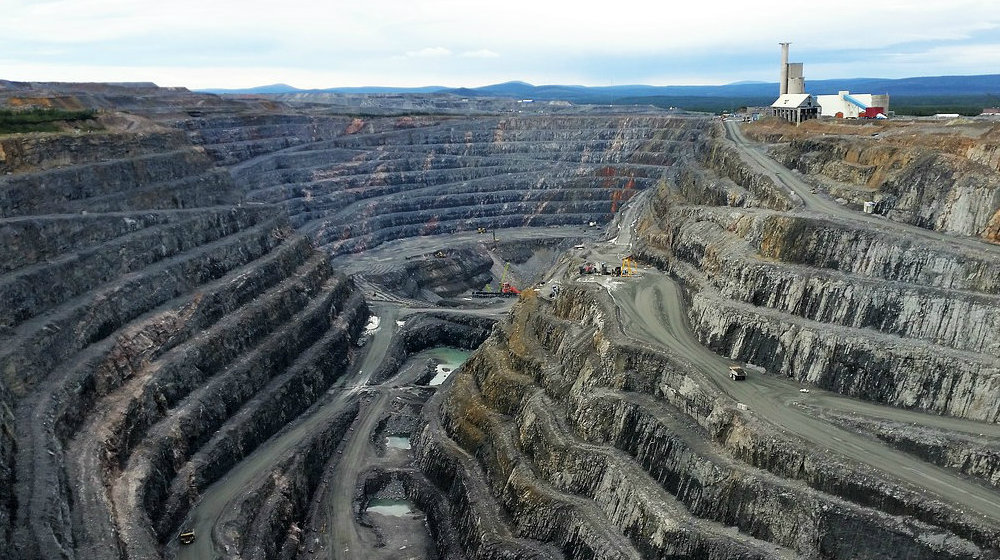Base metals have been hit hard in recent weeks by fears of an escalating trade war between the world’s two largest national economies: the U.S. and China. Copper dipped to a one-year low, while zinc, nickel, and lead all softened, hitting miners like Lundin Mining Corporation (TSX:LUN) hard.
It, however, hasn’t been all doom and gloom. Metals prices, notably copper, recently surged on news that Beijing will be introducing a stimulus plan to bolster economic growth and help shield the economy from Trump’s looming trade war. That is good news for Lundin Mining, which, when combined with its sharp pullback that sees its down by 17% for the year to date, has created an opportunity for investors.
Now what?
Lundin Mining owns and operates five mines located in the U.S., Chile, Portugal, Finland, and Sweden. The miner has considerable diversified metals reserves comprised of 3.2 million tonnes of copper, 3.4 million of zinc, 130,000 tonnes of nickel, and 4,000 tonnes of cobalt. Those reserves also include 150,000 ounces of silver as well as 2,000 ounces of gold, which are typically mined as by-products of Lundin’s core operations.
The miner reported a solid second quarter 2018, which puts it on track to achieve its full-year guidance, despite copper output falling by 22% year over year, because of planned mining and processing of lower grade ores.
Nonetheless, despite the dip in production and higher costs, Lundin reported some solid second-quarter financial results.
These included an 8% year-over-year increase in gross profit and an impressive 38% hike in net income attributable to continuing operations. This was because higher base metals prices during the quarter saw an average realized price for copper that was 17% higher year over year per pound of copper sold, 3% greater per pound of zinc, and more than double for nickel.
Despite the emerging trade war between the U.S. and China, fears of which caused copper recently to fall sharply in value to its lowest price in a year, there are signs that higher metals prices are here to stay. The growing adoption of electric vehicles will act as powerful long-term tailwind for copper, nickel, and cobalt.
Meanwhile, China’s planned stimulus, which includes a range of measures aimed at boosting economic activity, including additional investment in critical infrastructure, will support demand for metals such as copper, nickel, and zinc.
That is good news for Lundin, because it is focused on expanding production at its core operations, which should see copper output rise by 15.5% between now and 2020, while zinc is forecast to grow by 58% for the same period.
While Lundin dialed down its 2018 capital expenditures by US$55 million, it has left its exploration budget of US$83 million for the year unchanged. That bodes well for the miner to continue expanding mineral reserves and production.
Lundin is also in the process of acquiring mid-tier base metals miner Nevsun Resources Ltd. for $1.4 billion, having made an offer to acquire all of the issued and outstanding common shares of the miner. Nevsun owns and operates the Bisha zinc and copper mine in the African nation of Eritrea and is in the process of developing the Timok copper project in Serbia, which is expected to commence commercial production by 2022.
Lundin finished the second quarter with a solid balance sheet, holding US$1.5 billion cash and US$440 million of long-term debt, which is less than half of the miner’s 2017 cash flow, indicating that level of debt is quite manageable.
So what?
While the outlook for base metals miners remains uncertain, and there is a considerable degree of risk associated with them because of Trump’s trade policies, the latest news from China indicates that higher base metals prices are here to stay for at least the foreseeable future. Lundin represents one of the best means of betting that a full-blown trade war won’t emerge, and that global economic growth will continue to expand at a decent clip.







